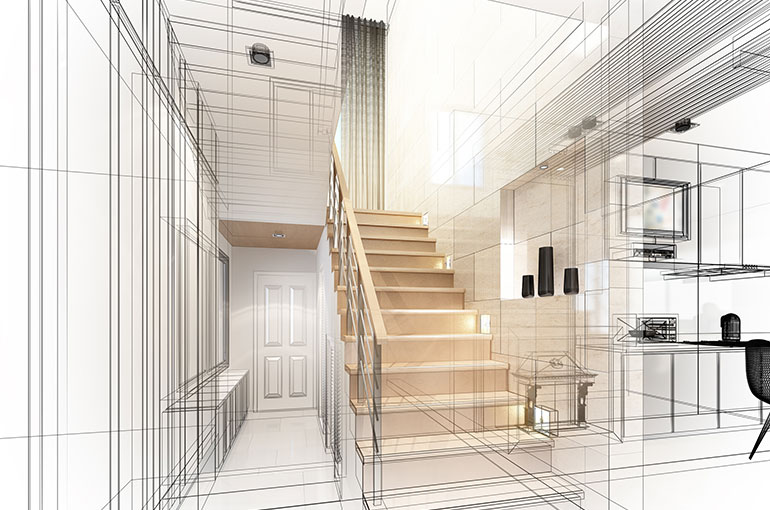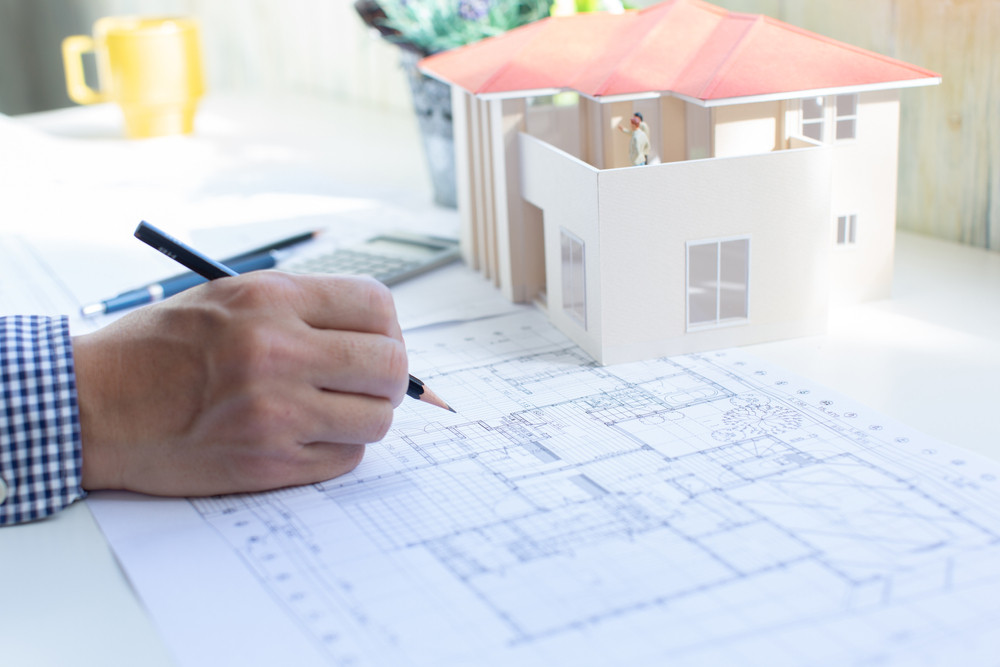Leading Factors to Pick CDA Architects for Your Residential or Commercial Layouts
Leading Factors to Pick CDA Architects for Your Residential or Commercial Layouts
Blog Article
An Extensive Summary of Architectural Designs and Their Impact on Modern City Preparation and Growth
Building styles have long served as a mirror to the social worths and technical improvements of their time, playing a crucial duty in forming contemporary city planning and development. From the majesty of Neoclassicism to the practical strategy of Brutalism, each design has introduced distinct concepts that affect city appearances and capability. As contemporary challenges occur, including sustainability and area requirements, comprehending these historic structures becomes necessary. The resulting discussion not only educates future style practices yet likewise elevates pertinent inquiries regarding the equilibrium between heritage and innovation in our advancing metropolitan landscapes.

Historical Introduction of Architectural Styles
Throughout background, building designs have developed in action to social, technical, and environmental aspects. Each duration mirrors the dominating worths, ideas, and advancements of its time, resulting in an abundant tapestry of style that indicates human creative thinking and adaptation. The ancient worlds, such as the Egyptians and Greeks, established foundational styles that emphasized balance and proportion, serving both practical and aesthetic functions.
As societies transitioned through the Middle Ages, Gothic architecture arised, characterized by its verticality and intricate detailing, matching the spiritual ambitions of the period. The Renaissance noted a resurgence of classic suitables, combining art and design in cutting-edge ways that influenced subsequent designs throughout Europe.
The Industrial Transformation introduced new products and building and construction strategies, motivating motions like Modernism, which challenged traditional kinds and accepted simplicity and functionality. The 20th century saw a diversity of designs, with Postmodernism reacting against the raw minimalism of its precursor, including historic recommendations and eclectic components.
Today, architectural designs continue to evolve, driven by globalization and sustainability concerns, showing a dynamic interaction between heritage and technology (cda architects). This historical overview emphasizes the relevance of architecture as a mirror of societal advancement and as a driver for metropolitan development
Key Architectural Styles Explained
The variety of architectural styles shows the myriad impacts that shape our constructed environment, each embodying distinctive characteristics and cultural values. Key building designs consist of Timeless, Gothic, Baroque, Modernism, and Postmodernism, each standing for one-of-a-kind historical contexts and aesthetic approaches.
Timeless architecture, rooted in ancient Greece and Rome, highlights proportion, percentage, and the use of columns. In contrast, Gothic style, prospering between Ages, is characterized by sharp arcs, ribbed safes, and flying buttresses, creating an aerial top quality in cathedrals. Baroque architecture, arising in the 17th century, is marked by splendour, sophisticated embellishment, and a vibrant interaction of light and darkness.
Innovation, which got energy in the very early 20th century, prioritizes feature over form, utilizing new materials like steel and glass to develop minimal frameworks. Postmodernism, responding versus the austerity of Innovation, welcomes eclecticism and historic referral, frequently integrating lively components and paradox.
Comprehending these styles supplies insight into the cultural narratives and technological developments of their respective eras, highlighting just how style serves not equally as a shelter, however as a reflection of societal worths and ambitions.
Effect on Urban Planning
In shaping the development of cities, architectural designs substantially influence metropolitan preparation decisions. The selection of building design typically determines the looks, functionality, and general personality of metropolitan atmospheres.
Furthermore, architectural designs can influence zoning policies and land make use of plans. Urban planners have to take into consideration the dominating architectural patterns when designing districts, guaranteeing that new growths integrate with my website existing structures. This factor to consider fosters natural urban landscapes and improves area identification.
The implementation of certain building designs can additionally affect socioeconomic elements within a city. Premium modern styles may draw in upscale locals and services, leading to gentrification, while a lot more budget friendly real estate remedies may focus on sensible and lasting styles to fit diverse populations. Ultimately, the interaction between architectural styles and urban preparation develops vibrant cities that show both historical context and modern demands, shaping the lived experiences of their occupants.
Sustainability and Modern Design

Contemporary building activities, such as biophilic design and eco-friendly style, supporter for structures that balance with their surroundings, making use of natural products and promoting biodiversity. These designs typically incorporate sustainable power sources, such as photovoltaic panels and wind turbines, to decrease reliance on nonrenewable fuel sources and reduced carbon impacts.
Additionally, the assimilation of sophisticated modern technologies, such as smart structure systems, boosts energy administration, maximizing resource usage while making certain resident comfort. Cutting-edge water management techniques, consisting of rain harvesting and greywater recycling, further contribute to sustainable city atmospheres.
Notably, sustainability extends beyond environmental problems; it incorporates social and economic dimensions as well. By fostering community health and promoting inclusivity, modern architectural styles align with sustainable advancement goals. The evolution of architectural practices proceeds to form resistant cities that not only satisfy the needs of the present but also guard the future for generations to come.
Area Involvement in Layout
Area engagement in design works as an essential bridge between engineers and the populaces they serve, guaranteeing that the constructed More Bonuses atmosphere shows the needs and aspirations of its users. This collective process welcomes area members to contribute their understandings and choices, promoting a sense of possession and obligation toward the rooms they live in.
Effective area interaction utilizes numerous techniques, such as workshops, surveys, and public forums, to collect diverse point of views. These methods facilitate a two-way discussion, allowing engineers to comprehend local contexts while equipping locals to voice their concerns and needs. This inclusivity not only boosts the style top quality however additionally promotes social equity by attending to the distinct obstacles dealt with by marginalized teams.
Furthermore, area interaction can bring about ingenious remedies that might not arise in a traditional style procedure. By integrating regional knowledge and cultural worths, engineers can create areas that reverberate more deeply with individuals, boosting usability and sustainability. Eventually, focusing on neighborhood engagement in style procedures causes environments that nurture social communications, assistance well-being, and reinforce neighborhood connections, therefore playing a critical function in forming modern-day urban landscapes.
Final Thought
Architectural styles have profoundly affected modern-day city preparation and advancement, reflecting evolving social and technological contexts. As cities proceed to expand and adapt, the ongoing click for more info dialogue between building heritage and contemporary layout concepts will certainly stay crucial in producing comprehensive, lively spaces that enhance top quality of life and promote social equity.
Report this page